
Who has never dreamed of going to space, or staying for a while contemplating the beauty of the night sky? Surely you have seen many documentaries on the subject, in which, thanks to new technologies and the discoveries that have been made to date, you have been able to quench your thirst for knowledge, and also your curiosity to see the worlds "out there" .
Well, it turns out a NASA telescope, specifically the 'James Webb', has been able to capture the sharpest images of the universe in its entire history that rival those obtained by Hubble, also the work of this space agency that was sent into space in 1990.
Galaxy cluster SMACS 0723
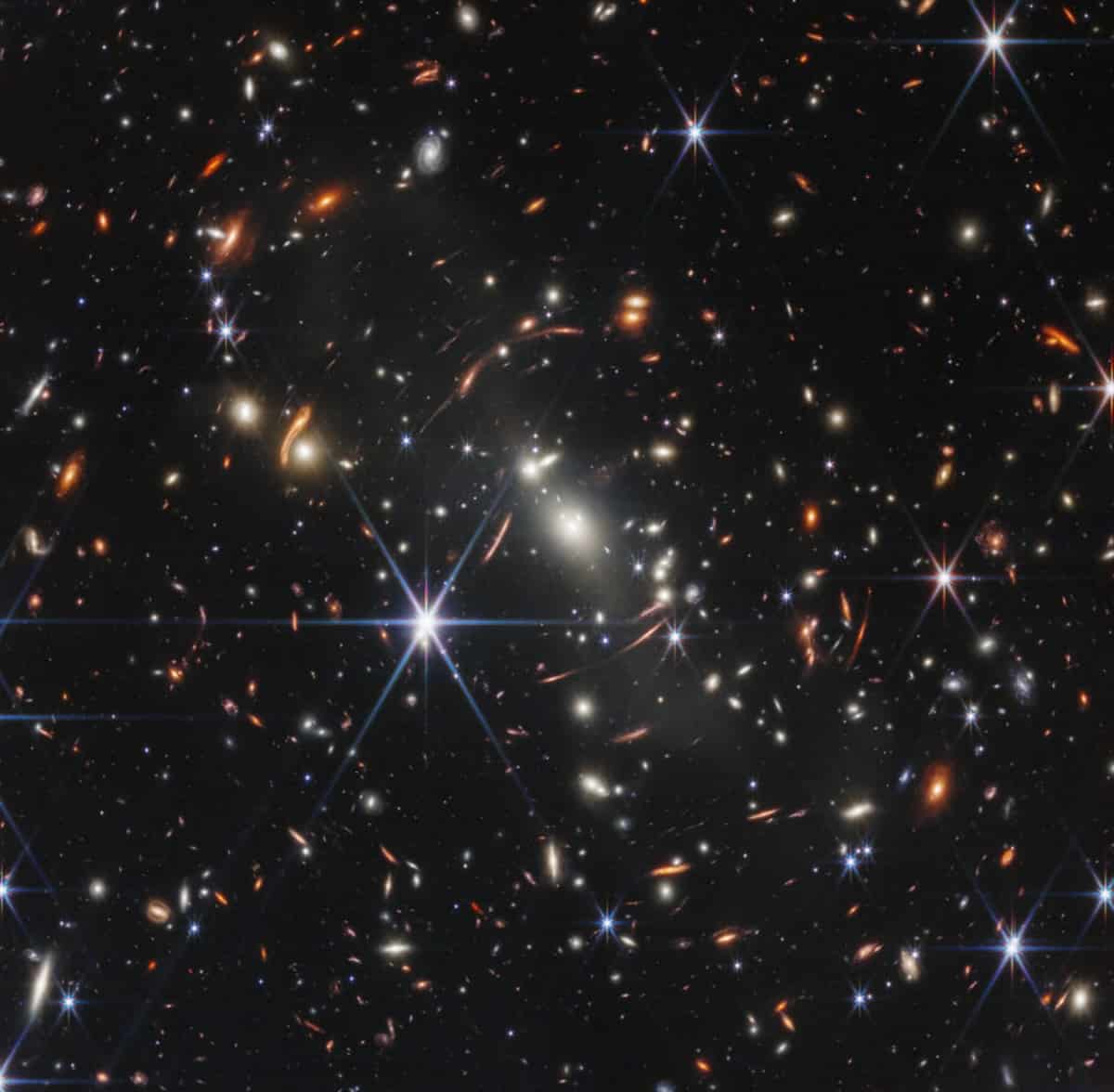
Image -NASA, ESA, CSA, and STScI
In this picture we can see numerous galaxies so far away that this is the first time we have had a chance to observe them through a telescope. But if that wasn't enough, you'll be surprised when I tell you that according to NASA, this imaged area is as small as a grain of sand.
Without a doubt, there are areas in the universe that will continue to surprise us, and many others that we will probably discover in the coming years.
Stephan's Quintet
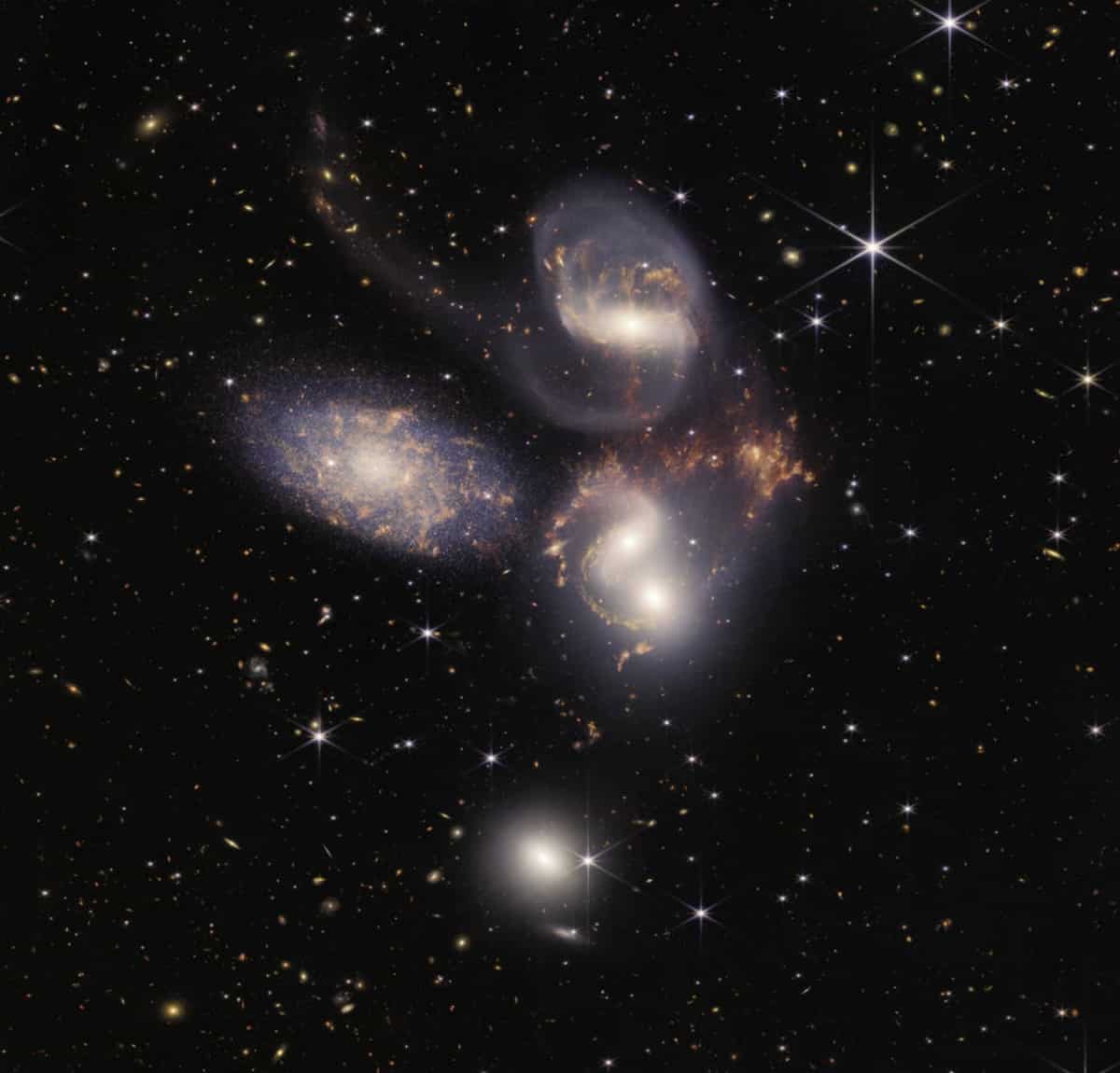
Image – NASA, ESA, CSA, and STScI
As if it were a group of friends dancing fun, this quintet is made up of five galaxies that 'dance' accompanied by millions of stars. A quintet that, if placed in front of the moon, would cover a fifth of its diameter.
The 'James Webb' telescope offers us an image of excellent quality, since contains more than 150 million pixels. In addition, it has an infrared vision and a resolution much higher than that of Hubble.
Carina Nebula
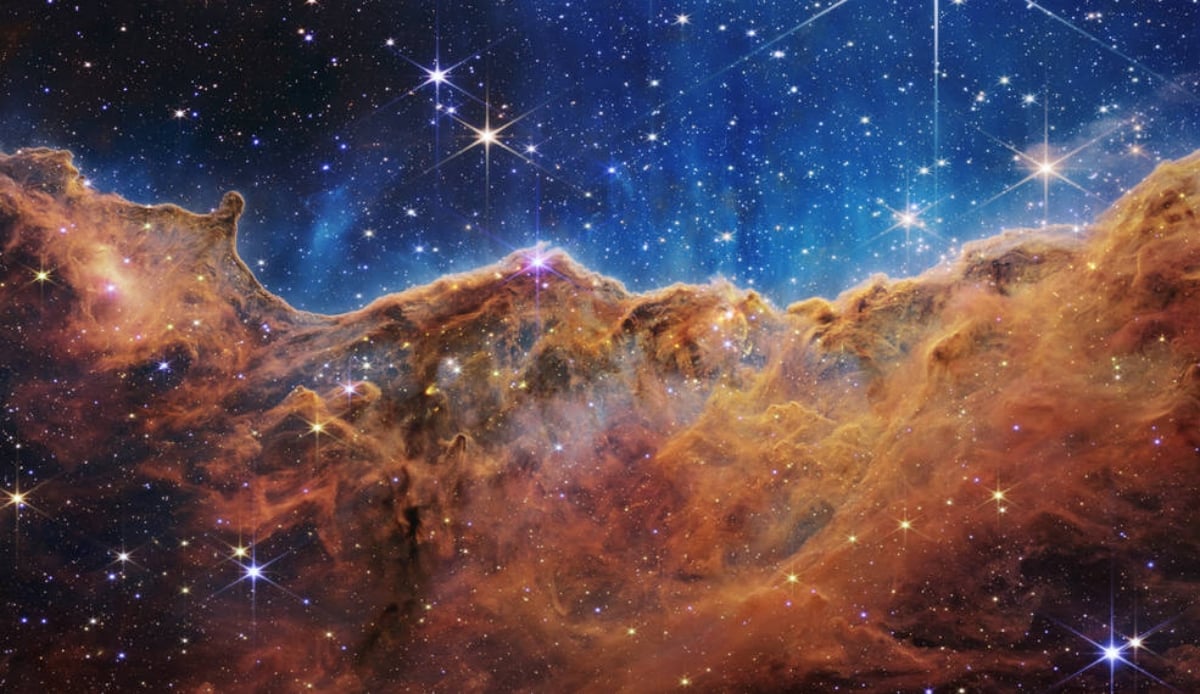
Image – NASA, ESA, CSA, and STScI
In the nebula NGC 3324 we find this region that could well remind us of any mountainous region on Earth, but in reality it is one of the areas where new stars arise.
According to NASA on its website, one of the highest peaks that have been observed and photographed is 7 light years high, which to give you an idea is about 6623km more or less. Something really amazing.
South Ring Nebula
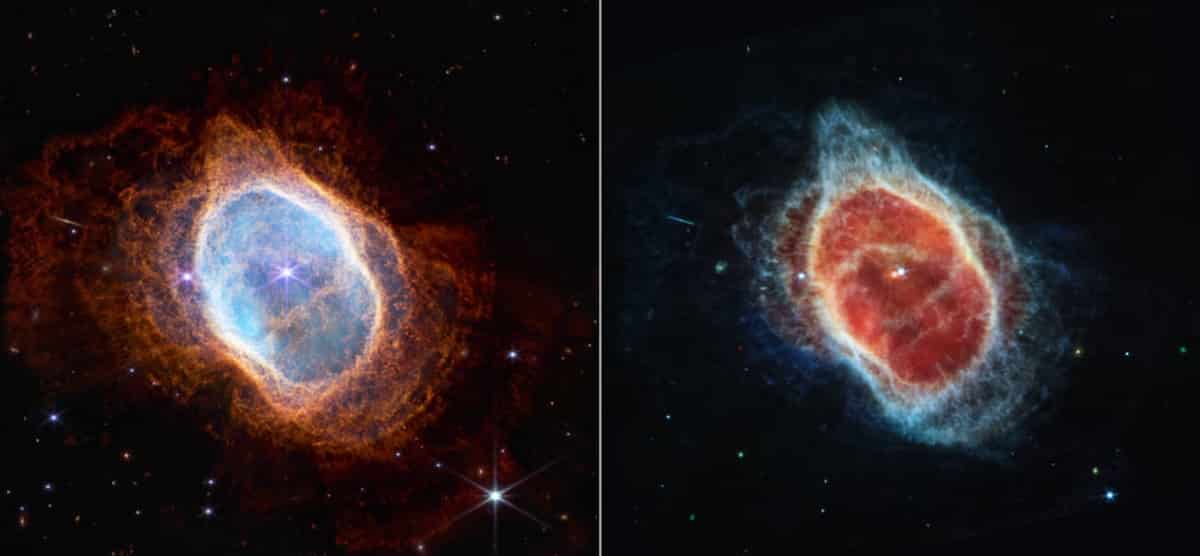
Image -NASA, ESA, CSA, and STScI
Many stars are magnificent when they reach the end of their lives, which is when they become nebulae, like 'Carina', photographed by the 'James Webb' telescope. After having been sending huge amounts of dust and gas for a long period of time, so long that they have had to spend thousands of years to reach the point where it is today, it is now covered in dust.
Also known as NGC-3132, or the South Ring Nebula, scientists are convinced that from now on they will be able to study it in greater depth, both it and other nebulae.
Water in the atmosphere of a giant planet
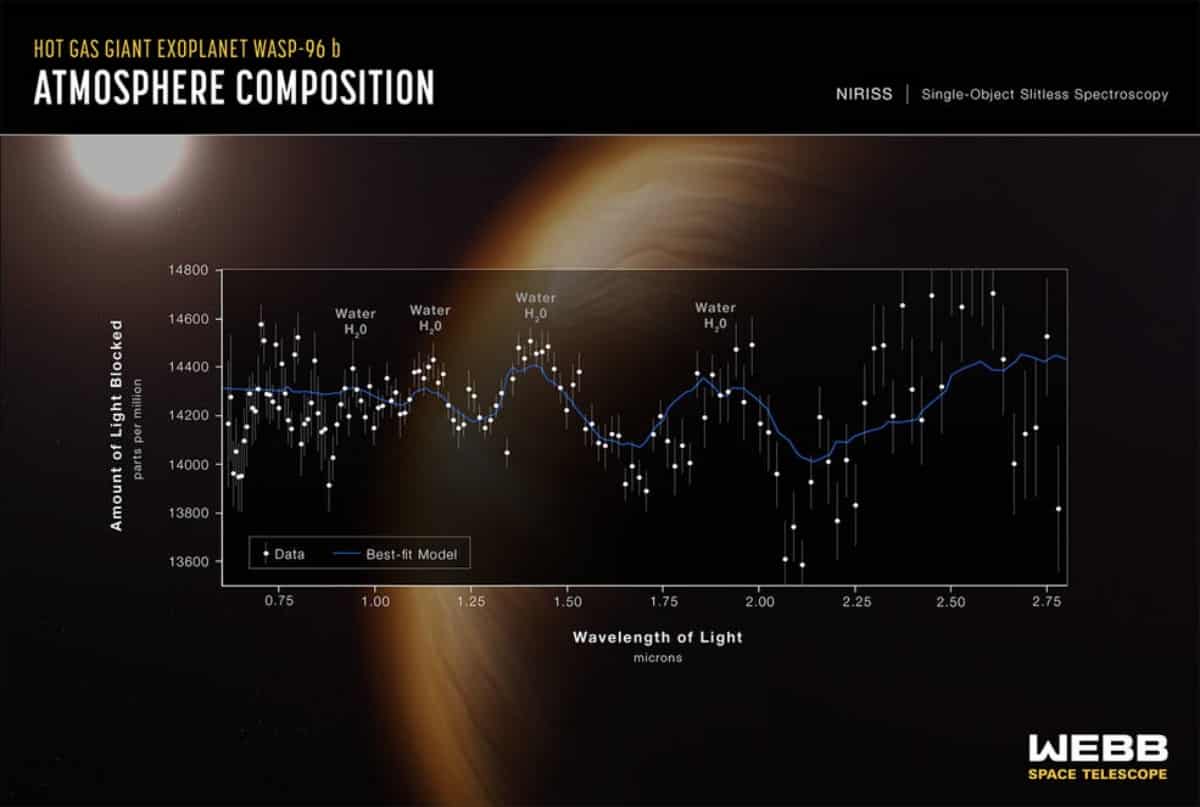
Image – NASA, ESA, CSA, and STScI
Now we can say that the Earth is not the only planet where there is water. The 'James Webb' has also found a giant planet that orbits a star that resembles the Sun.
This is going to allow us to investigate the atmosphere of planets that are tens and hundreds of light years away from our home, and who knows? Maybe it will help find other life forms.
What do you think of the images of the 'James Webb' telescope?
I think it's beautiful what they show with those photographs, I hope they continue investigating to be able to enjoy all the beauty that our universe has. Congratulations.